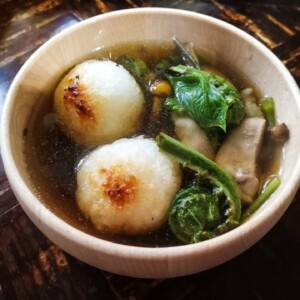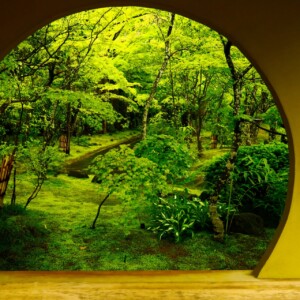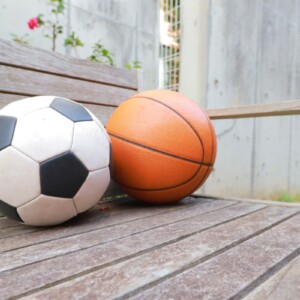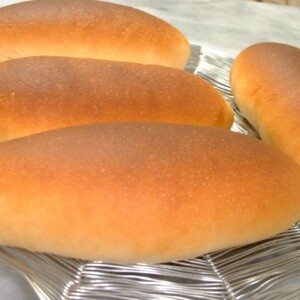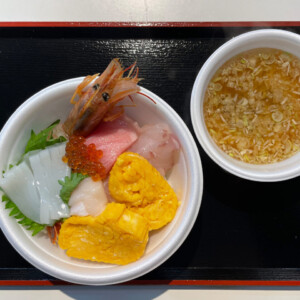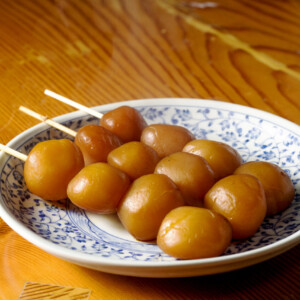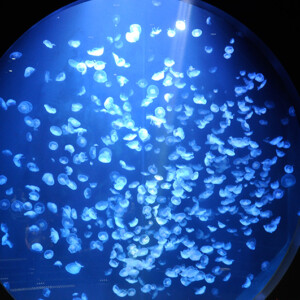
[Oga Peninsula, Akita Prefecture] Meet the authentic Namahage! I went to Namahage Museum and Oga Shinzan Tradition Museum
table of contents
you have of "Namahage"
I had the image of a scary demon who went around the house on New Year's Eve and threatened their children by saying, "No bad kids, aren't they?"
I've heard that there's a place where you can meet real Namahage on the Oga Peninsula in Akita, so I'd love to have my children meet Namahage! So I went to
Oga Mayama Denshokan Is the real namahage really exactly as you imagined? Was the child safe?
The conclusion is that we have had a very valuable experience that completely changes the image of Namahage.
Origin of Namahage
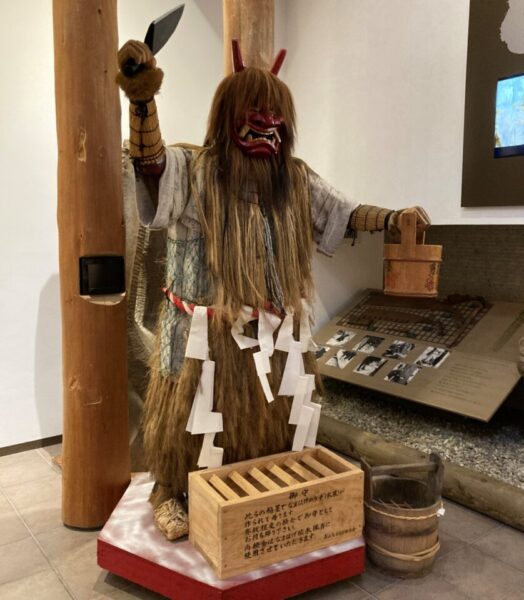
The origin of the word namahage is "real body stripping." The original meaning is to strip and warn away the "fire spots" that were created by lazy people who keep getting in the hearth in the cold winter.
The essential items for namahage are
knife and buckets This means that the "buckle" is used to strip the "namomi" (fire spots) with a knife and put it in. It may be a bit scary to imagine, but the role of the "visiting god Namahage" is to politely welcome and entertain each family as an angel of the god who will bring about disasters, "safety in the family, good harvests in the fields, and great catches at the sea."
Every year on New Year's Eve, Namahage events are held on New Year's Eve, and Oga's Namahage is designated as an important intangible folk cultural property in the country.
Namahage experience at Oga Shinzan Folklore Museum
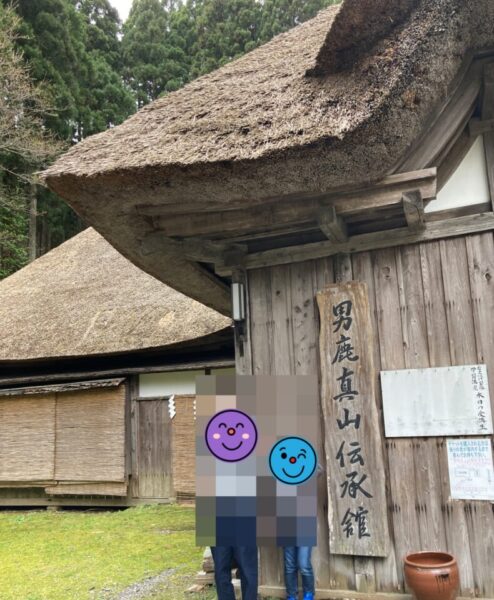
Oga Mayama Denshokan is a facility established to make tourists aware of the Namahage customs, which only locals have ever had the opportunity to see as a folk event, and you can experience the Namahage customs of the Mayama area.
Namahage question and answer
In the Mayama area, they wear hornless masks that have been passed down since ancient times and parade from house to house in pairs. The person who plays the role of ``sakidachi'' checks to see if the owner of the house can include the Namahage, and the two young people dressed as Namahage say, ``Wow!'' They burst in with a strange voice. The owner of the house soothes the raging Namahage, provides courteous hospitality, and serves him a meal. From here, various questions and answers begin between the master and the Namahage.
Namahage ledger? I'll listen to what you say!
When Namahage appears, it is so powerful that not only children but also adults can't help but cry out.
My 6-year-old child keeps shouting "I'll listen to what you say!" every time a Namahage approaches.
Maybe he just didn't want to be kidnapped. It's a powerful tour that even adults will be surprised by. Namahage has a strong image of asking children, ``There are no bad kids.'' However, the question of Namahage is not only directed at children but equally at adults.
"Namahage ledgers" in Namhage , and despite visiting only once a year, you can see the situation in the house completely.
Looking at the "Namahage ledger," he asks if the whole family is lazy. Before Namahage arrives, the owner of the house hides his wife and children and follows her by saying, "My wife and children are well-established." Namhage asks the head of the family and the elderly, "Don't make too many gambling. Don't drink too much."
As I listened to Akita's accent-filled questions and answers, I began to think, "Isn't Namahage a great god who is worried about this house?"
The Namahage makes one last promise to the master of the house about the upbringing of the children and the health of the family, and leaves without mentioning that he will come next year.
The mino-like outfit with a nama bald is called "Gete," but the straw crumbs that fall from this nama bald outfit are considered to be "amusic treat for good health."
I also received it as a talisman as a substitute for the straw that fell off after walking around the house.
When I asked the child, "Were you scared?", the response was, "I wasn't scared!" But her mother will never forget how she yelled "I listen to you!" more than 10 times!
Experience history and mystery at Namahagekan
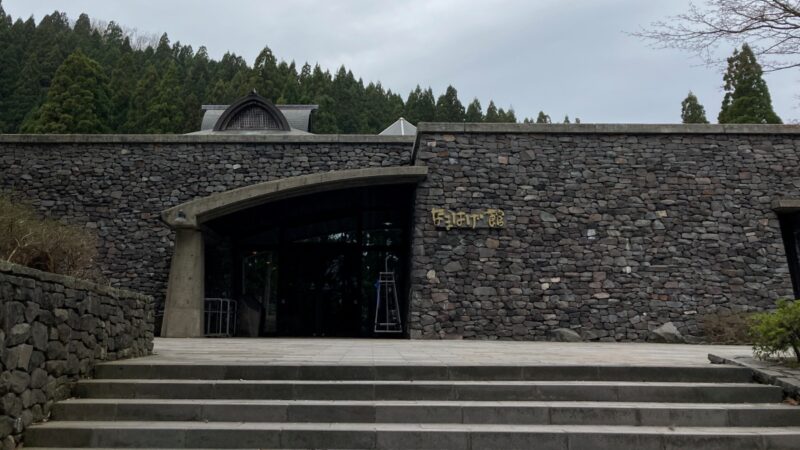
In fact, Namahage is a folklore inherited from ancient legends, so its exact origins are unknown.
- The theory is that the demon from the folktale ``999 Stone Steps'' is enshrined in Goshado, and that this is the origin of Namahage.
- An ascetic monk from Mt. Mayan, the head temple of Oga, descends to the village village in a mountain-shaped ascetic form and goes from house to house to pray.
There are various theories.
Namahagekan adjacent to the Oga Mayama Legend Museum , you can learn more about the wonders of history and the culture of Namahage.
Handmade masks from each region
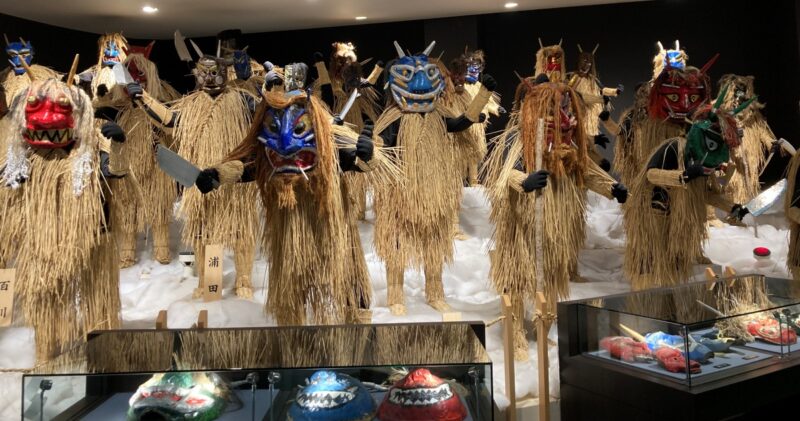
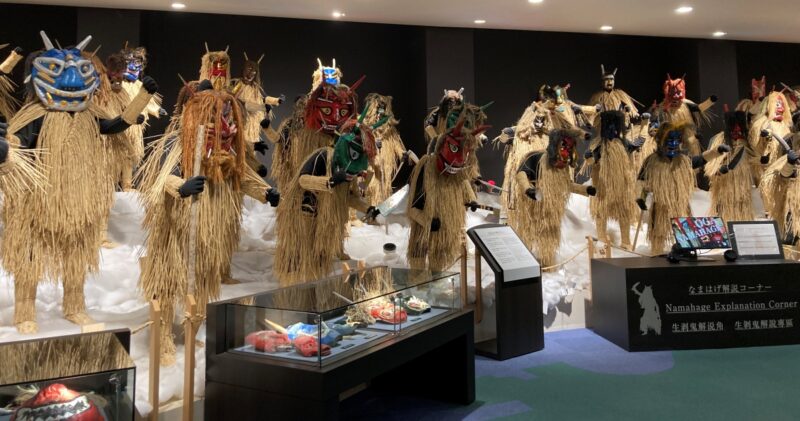
The Namahage Museum displays over 150 different types of Namahage masks that were actually used in various parts of Oga City.
There are many different faces, including those with angry faces resembling demons, as well as those with round faces and cute ones.
Each one has a different expression, and some of them have a warm handmade feel to them. When you look at the masks of each region, you get the sense that this is not just a scary Namahage, but a traditional event that has been carefully passed down in each region.
summary
In addition to being designated as a national important intangible folk cultural property, Namahage was also registered as a UNESCO intangible cultural heritage in 2018, and is attracting a lot of attention both domestically and internationally.
Namahage is so powerful that not only children but also adults can't help but cry out, but there are parts that will make you laugh out loud while listening to the Namahage questions and answers. It was a valuable experience that gradually made me feel warmer as I saw the Namahage's concern for their home and the way the owner of the house protects his family as the breadwinner of the family.
At the end, the Namahage came around to us as visitors and asked, "Are you okay?" Even as an adult, I was quite nervous when I came face-to-face with a Namahage, but at the same time I felt very grateful.
Namahage was not a demon to scare children.
He was a very sacred god who watched over the Oga area! real? If you think so, please come and experience this valuable traditional event.
INFORMATION
- Name: Oga Mayama Legend Museum
- Address: 97 Mizukurozawa, Kitaura Mayama, Oga City, Akita Prefecture
- Phone number: 0185-33-3033
- Official URL: Oga no Namahage (common to the Legend Museum and Namahage Museum)
- Fee: Denshokan: 770 yen Common ticket: 880 yen (April to November)
- Time required: Approximately 20 minutes between 9:00 and 16:30
- *Prices and scheduled times vary from December to March.
- Name: Namhagekan
- Address: Mizukurozawa, Kitaura Mayama, Oga City, Akita Prefecture
- Phone number: 0185-22-5050
- Official URL: Oga no Namahage (common to the Legend Museum and Namahage Museum)
- Fee: Namhagekan: 550 yen Common ticket: 880 yen
- Opening hours: 8:30-17:00
- Access: 40 minutes by car from Akita Expressway Showa Oga Peninsula IC (via R101)


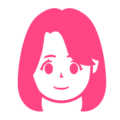
![Meet Namahage at the Namahage Museum and the Oga Mayama Legend Museum, where Oga Namahage is gathered together! [Akita Prefecture] Namahage](https://jp.neft.asia/wp-content/uploads/2018/06/27076676_m-150x150.jpg)
![Why do Nama balds take knives to tempt people - Oga Peninsula and the Legend of the Demon (1) [Akita Prefecture] New Year's Eve Event 001 @OGA City](https://jp.neft.asia/wp-content/uploads/2024/10/00bf8a32651033edd1191ba2d04c6f61-150x150.jpg)
![Railway version of EV? ACCUM battery train running through the Oga Peninsula [Akita Prefecture] 30469951_s](https://jp.neft.asia/wp-content/uploads/2025/04/30469951_s-150x150.jpg)
![Is Nama bald real? Traces of demons remaining throughout the Oga Peninsula - Oga Peninsula and the Legend of Demons (2) [Akita Prefecture] 1. Namahage Shiba Lighting Festival](https://jp.neft.asia/wp-content/uploads/2024/09/1076350e647a6476081bad8cd4fd6159-150x150.jpg)
![[Third] Sugae Masumi walked in the Oga Peninsula - Encountered a major earthquake [Akita Prefecture] 1. Oga's Cold Wind - Namahage Prefectural Expo](https://jp.neft.asia/wp-content/uploads/2024/10/7154afaf7fcdc00890442af025f9b4d1-150x150.jpg)
![Katagami City is now accepting hometown tax donations using Akitakomachi, a rice bag with a namahage motif! [Akita Prefecture] “Akitakomachi from Katakami City” with “Namahage” motif](https://jp.neft.asia/wp-content/uploads/2024/10/main-150x150.jpg)
![[Oga City, Akita Prefecture] Godzilla Rock, which is attracting attention now, is also available in Akita! It is the most photogenic at dusk! godzilla rock](https://jp.neft.asia/wp-content/uploads/2018/06/4926861_m-150x150.jpg)
![[Second Edition] Suga Masumi walked in Oga Peninsula - Interested in the strange rocks along the coast [Akita Prefecture] 1. Oga no Shimakaze-891-1. A copy of the Akita Prefectural Museum](https://jp.neft.asia/wp-content/uploads/2024/10/8dafd7ea0a7bd28f76a6f059db39c9de-150x150.jpg)

